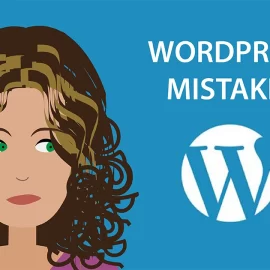
SEO 101 – Optimise Your Website to Increase Traffic
If you’re going to get serious about creating a website, you need to start thinking about Search Engine Optimisation. SEO refers to optimising your website so that it can be easily found and highly ranked by search engines like Google, Bing, etc.
Since search engines today are quite sophisticated in determining which websites show up on top of the search results, you need to know at least some basic information to keep your site and its content in tune with what search engines value in a website.
Below are the key factors in that should be incorporated into your website, in order to be picked up and ranked higher by search engines.
1. Keywords
These are the terms that people enter as a search query when they’re looking for something. You need to determine which keywords are relevant to what you offer on your website.
To do this, make a list of every term that has something to do with your business or website topic and then narrow it down to the 10 most relevant. You will then insert these keywords in various strategic places in your site as organically as possible.
2. Website architecture
How well is your website organised and how simple is it to navigate? Is it optimised for search engines?
3. Domain name
Your website address should contain your brand name. Keep it as simple and as straightforward as possible.
4. Descriptions and titles
Each website page needs a description and title. The homepage title should be your brand name. Embed your business name in the title for each page, as well as a generic name for the page. Remember, the SEO title is not the name you give each page. It’s the meta-name that will be read by search engines.
5. Images
These are crucial to increase your ranking in search engines because a website with images and videos is ranked higher than one without. Be sure to use keywords in your image titles as well.
6. Content
This is an all encompassing term for text, images, videos and links published on your website. The key factor here is that at least part of your content should be updated consistently to show that your website is current and that you are keeping it fresh.
You don’t have to update the entire website each time. A latest news page is an easy way to add fresh content to your website.
7. Internal and external links
Links within your website are internal and links that lead to other websites are external. Words used in your links can affect your ranking as well, so links should be intuitive and should help the user advance to the next logical or interesting page.
8. Social tools and sharing
Make your content interesting so that people will share it with others. Give your users the ability to share it on a variety of social media sites (Facebook, X, etc).
9. Local directories
Publish and submit your business and website in local directories. Always use an identical format for your NAP (Name, Address, Phone) so that you will be easily recognised.
SOURCE: Wix
Need a professional looking website?



